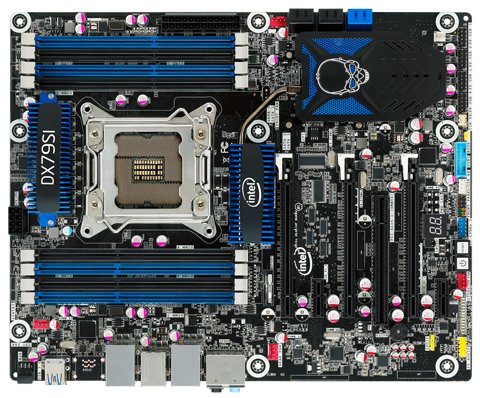
Posted on Thursday, February 09 2012 @ 21:43 CET by Thomas De Maesschalck
Legit Reviews
noticed Intel released a BIOS update for its DX79SI "Siler" motherboard that activates PCI Express 3.0 support.
You can download the BIOS update
over here.
Intel just sent us word that they have released BIOS Version 0424 (SIX7910J.86A.0424.2012.0127.1620) for their DX79SI motherboard! This BIOS update includes 20 fixes, updates or new features! We've been asking Intel why their flagship Sandy Bridge-E motherboard doesn't support PCI Express 3.0 for weeks and it appears that with this BIOS update the board now supports the PCI Express 3.0 specification. This is good news for AMD Radeon HD 7900 video card owners as they can run their card at its full potential. Sure, the gains of PCI Express 3.0 are hardly noticeable, but at least the board now supports it!

